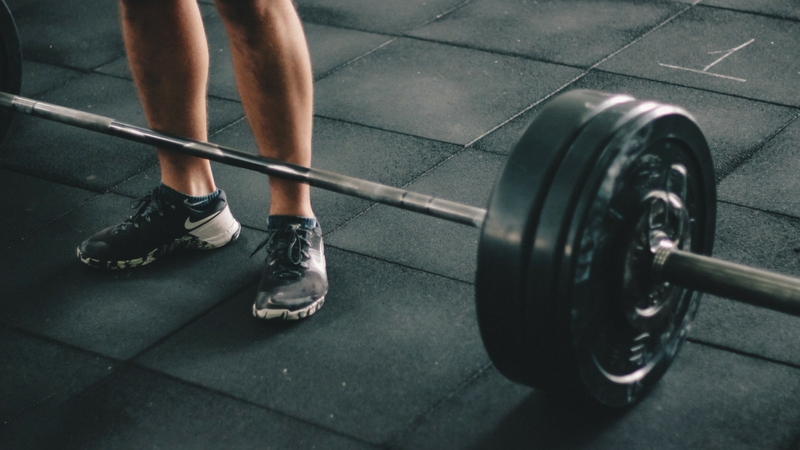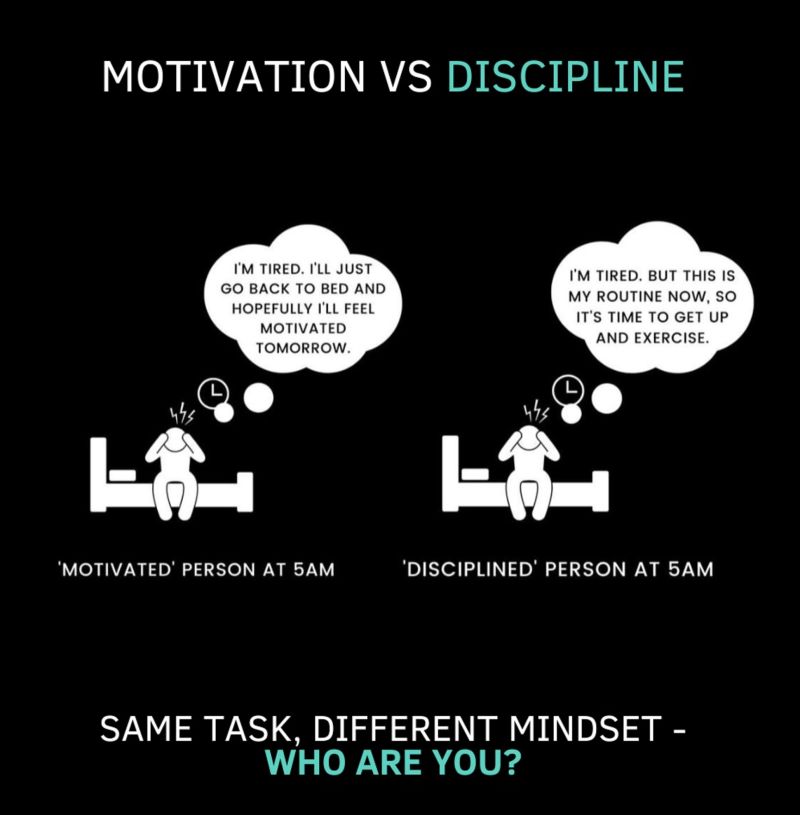
Secrets of Elite Athletes: What They Do Differently
Introduction: Talent Starts the Race — Systems Finish It
Every athlete wants to reach the top. But when you look closer at those who actually make it — national champions, record breakers, professionals — the difference isn’t always genetics or luck. The real difference lies in how they train, recover, and think. Elite athletes don’t just train harder; they train smarter, longer, and with purpose. Here’s what NASC research and performance analysis reveal about what separates elite athletes from everyone else.
1. They Don’t Guess — They Measure Everything
Elite athletes don’t rely on “feel.” They track, test, and analyse every aspect of their performance. From bar velocity and sprint times to sleep quality and recovery scores, data drives every decision.
They ask:
-
Is my training load trending up too fast?
-
Is my recovery consistent?
-
Is my nutrition matching my workload?
“What gets measured, gets managed. What gets managed, gets mastered.”
— NASC Performance Science Division
2. They Respect Recovery as Much as Training
Average athletes train until they’re tired. Elite athletes train until adaptation is achieved — then they rest. Their schedule includes sleep monitoring, active recovery, deload weeks, and precise nutrition timing.
NASC research insight: Athletes who consistently get 7–9 hours of sleep and maintain HRV stability outperform those who train more but recover less.
3. They Master the Fundamentals — Relentlessly
Elites don’t chase novelty. They refine fundamentals — squat, hinge, press, sprint, jump — until they’re nearly perfect. While others jump between new “systems,” elites repeat the basics with surgical precision.
They know:
-
Mastery builds efficiency.
-
Efficiency builds power.
-
Power wins competition.
4. They Train With Periodization, Not Emotion
Elite athletes don’t train based on mood — they train based on plan. Every week, month, and phase serves a purpose within a long-term cycle: hypertrophy, strength, power, taper, competition. Their coaches use periodization models to synchronise training load and recovery to peak at the right time.
“Discipline is not intensity every day — it’s precision every day.”
— NASC Coaching Framework
5. They Individualise Everything
Two athletes, same sport — completely different programs. Elite coaches design based on individual response: muscle fibre composition, recovery rate, movement efficiency, and even psychology. They use testing and feedback to tailor each session.
NASC principle: “No two nervous systems adapt the same way — coach the individual, not the average.”
6. They Invest in the Process, Not Just the Goal
Average athletes chase medals. Elites chase marginal gains. They study film, record lifts, log every session, reflect daily, and stay accountable. They understand that excellence isn’t built in one session — it’s built in ten thousand precise ones.
7. They Build Teams, Not Egos
Behind every elite athlete is a system — coaches, nutritionists, therapists, data analysts, and psychologists. They don’t try to know everything; they surround themselves with experts who fill their gaps. NASC’s model mirrors this structure — a multidisciplinary approach where strength, recovery, nutrition, and research work together to push human potential.
8. They Stay Students Forever
Elite athletes never assume they’ve “made it.” They stay curious, humble, and coachable. They study their sport, adapt to new research, and evolve as technology advances. That’s why their peak lasts longer — because learning never stops.
“In the NASC system, the moment you stop learning, you start declining.”
— NASC Education Division
Conclusion: Greatness Has a Formula
Elite athletes aren’t magic. They’re methodical. They train with science, recover with discipline, and think with clarity. The secret isn’t hidden — it’s structured, measured, and repeatable. And that’s exactly what NASC stands for: turning training into science, and science into performance. Because in the end, the difference between good and elite isn’t talent — it’s system.
References
-
Bompa, T. & Buzzichelli, C. (2018). Periodization: Theory and Methodology of Training. Human Kinetics.
-
Jeffreys, I. (2016). Strength and Conditioning for Sports Performance. Routledge.
-
Halson, S. L. (2014). Monitoring training load to understand fatigue in athletes. Sports Medicine.



